PHOTO: Emperor Nicholas II, his family and retinue planting seven oak trees on the square, in front of the Feodorovsky Sovereign Cathedral at Tsarskoye Selo, 1913
Construction of the house church of the Imperial Family at Tsarskoye Selo
The Feodorovsky Sovereign Cathedral was constructed between 1909 – 1912 by order of Emperor Nicholas II, to serve as the regimental church of His Imperial Majesty’s Own Convoy. In addition, the cathedral served as the house church for the Imperial family, while they were in residence in the Alexander Palace.
Construction of the Cathedral began in 1908, financed by Emperor Nicholas II, who contributed 150,000 gold rubles, a considerable sum, from his own personal funds.
On 2nd September (O.S. 20th August) 1909, Nicholas II laid the first foundation stone. The solemn Divine Liturgy was performed by His Grace Theophan, Bishop of Yamburg, attended by the Emperor and members of his family. The Cathedral was built in the old Russian style. Three years later, on the same day in 1912, the Feodorovsky Sovereign Cathedral was consecrated.
An alley lined with fragrant linden trees ran from the cathedral to the Imperial Railway Pavilion nearby. Sadly, in the 1950s, the largest lime trees were transported to the replanted on Nevsky Prospekt in Leningrad [St. Petersburg].
PHOTO: Emperor Nicholas II, his family and retinue planting seven oak trees on the square, of the Feodorovsky Sovereign Cathedral at Tsarskoye Selo, 1913
The Imperial Family plant oak trees on the grounds of the Cathedral
On 4th May (O.S. 21st April) 1913, Emperor Nicholas II and his family planted a group of oak trees on the grounds of the Feodorovsky Sovereign Cathedral. It was one of many events marking the 300th anniversary of the Romanov Dynasty, held that year throughout the Russian Empire, in which the Tsar and his family took part. A total of seven trees were planted that day, with each member of the Imperial Family, beginning with the Tsar, planting a single oak tree each.
The trees were planted on the grounds of the square, which is situated on the southern facade of the Cathedral. It was through this square, that the Imperial Family arrived at the Cathedral, entering via the Royal Porch. During the winter months, when the days saw little daylight, the square was illuminated with lanterns, giving it a serene ambiance.
Of the seven trees planted, only four have survived to the present day, the other three were cut down during the Nazi German occupation of Pushkin [Tsarskoye Selo, 1941-44].
The four oaks can be seen behind a bust-monument to Tsar-Martyr Nicholas II – the first to be installed in post-Soviet Russia. A stone marker and plaque [see photo at the end of this article] mark the spot, where they were planted more than a century ago. It is nothing short of a miracle that they have survived.
PHOTO: Russia’s first monument to Nicholas II was consecrated on 17th July 1993, on the grounds of the Feodorovsky Sovereign Cathedral at Tsarskoye Selo
The first monument to Nicholas II in post-Soviet Russia
Situated in the garden [square] behind the Feodorovsky Sovereign Cathedral at Tsarskoye Selo, is a bust-monument to Tsar-Martyr Nicholas II, the work of St. Petersburg sculptor Victor Vladimirovich Zaiko (born 1944).
Installed and consecrated on 17th July 1993, it was the first monument to Nicholas II to be erected in Post-Soviet Russia. Since its installation nearly 30 years ago, more than 100 monuments, busts and memorials to Russia’s last Tsar, have been installed across the Russian Federation.
As previously noted, the bust-monument stands in front of the four surviving oak trees, seen in the background, which were planted by Nicholas II and his family on 4th May (O.S. 21st April) 1913.
The monument was consecrated on 17th July 1993, the day marking the 75th anniversary of the death and martyrdom of Nicholas II and his family.
PHOTO: view of Russia’s first monument to Nicholas II and the remaining oak trees which he and his family planted in 1913, on the grounds of the Feodorovsky Sovereign Cathedral
PHOTO: a wider view of the four remaining oak trees, planted by Nicholas II and his family in 1913, on the grounds of the Feodorovsky Sovereign Cathedral
PHOTO: a stone marker reads [translation]: 21 April / 4 May 1913. On this spot the Holy Royal Martyrs Sovereign Emperor Nicholas II, Sovereign Empress Alexandra Feodorovna, Tsesarevich Alexei and Grand Duchesses Olga, Tatiana, Maria, Anastasia planted seven memorial oaks.
© Paul Gilbert. 25 October 2022


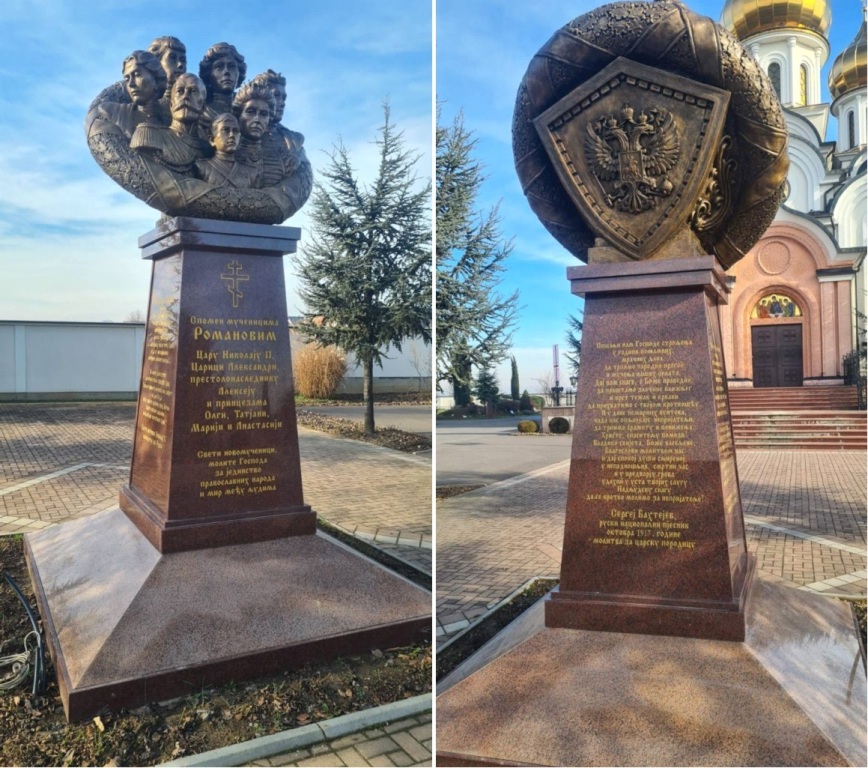


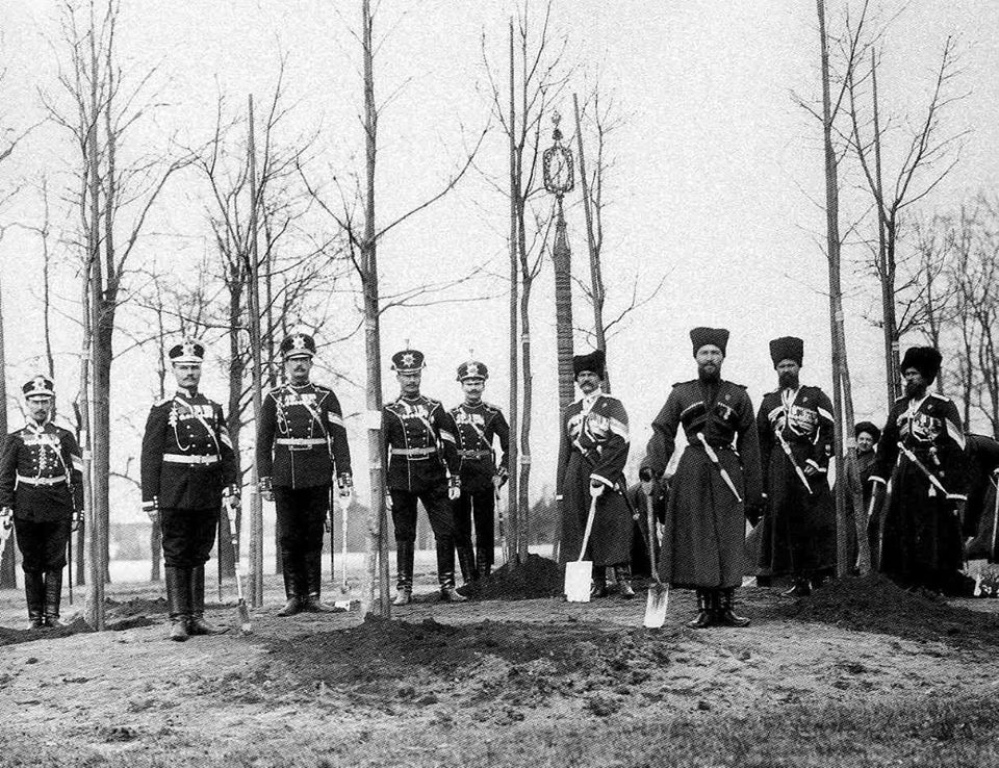
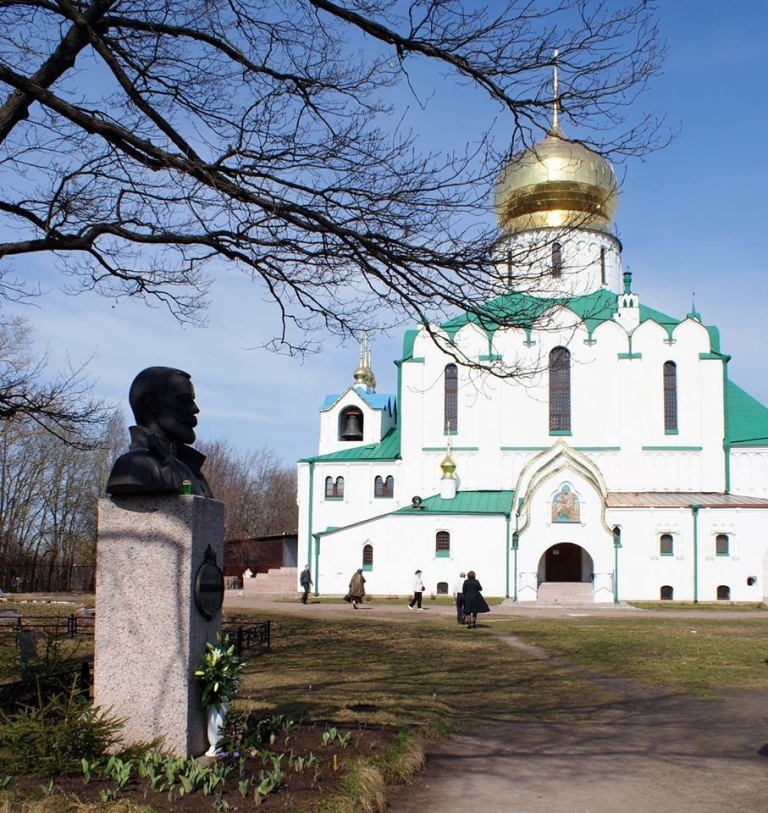


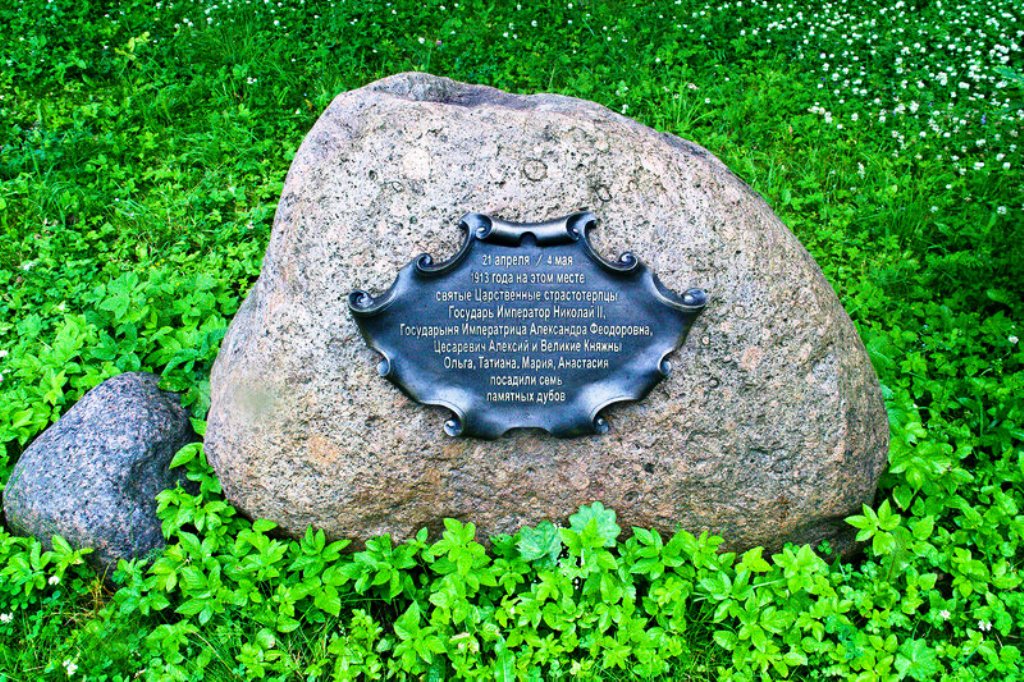

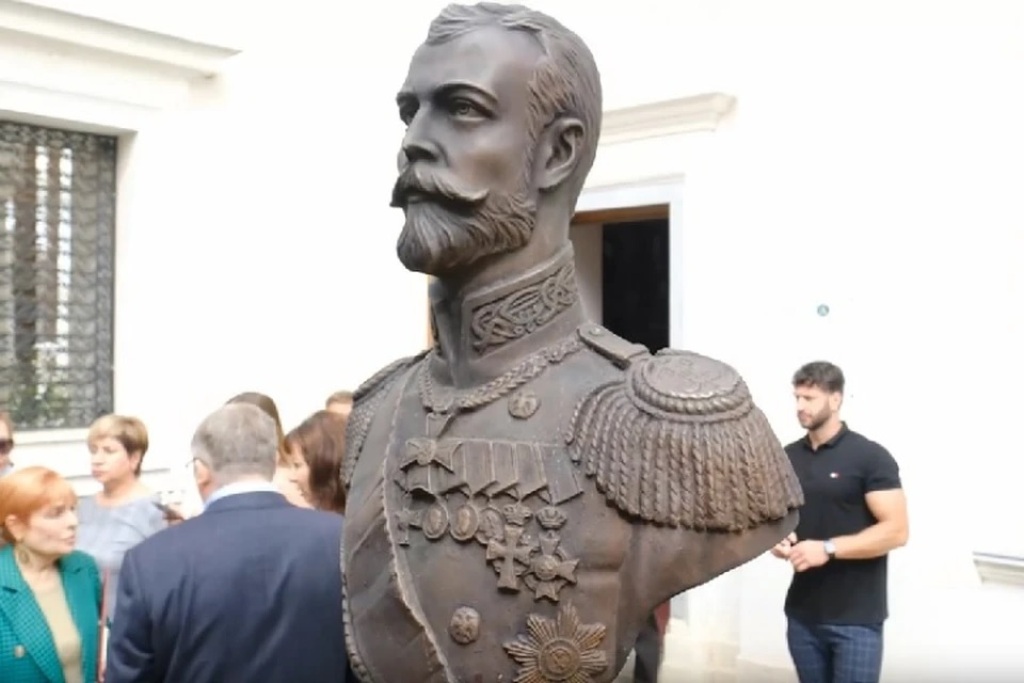

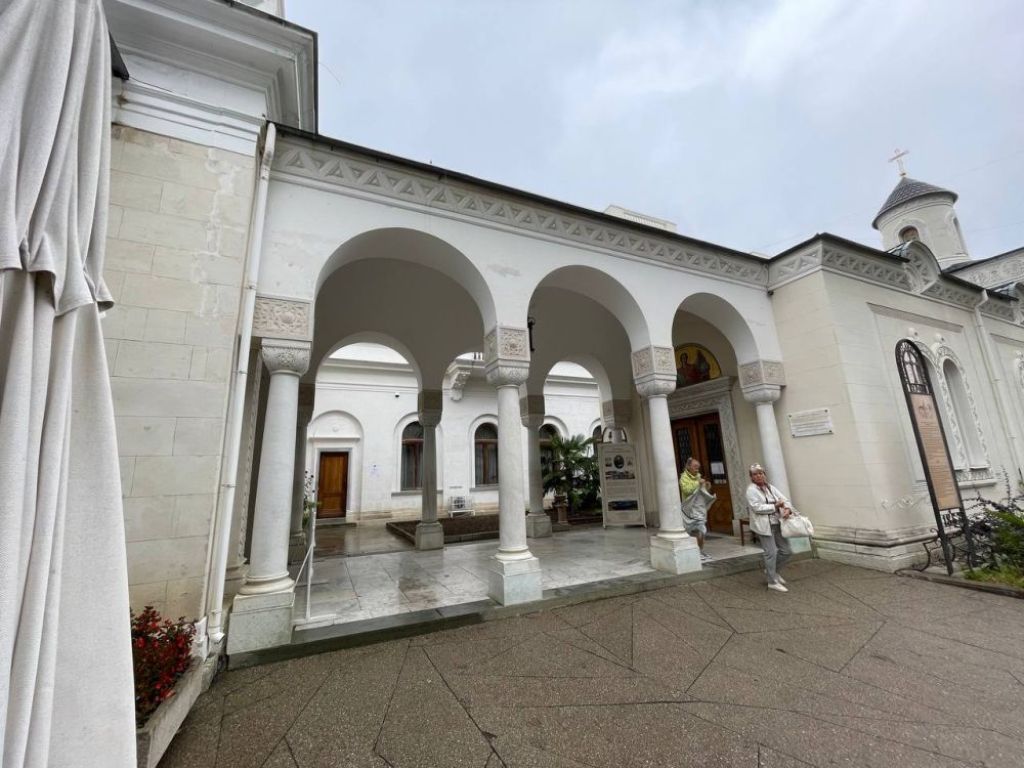
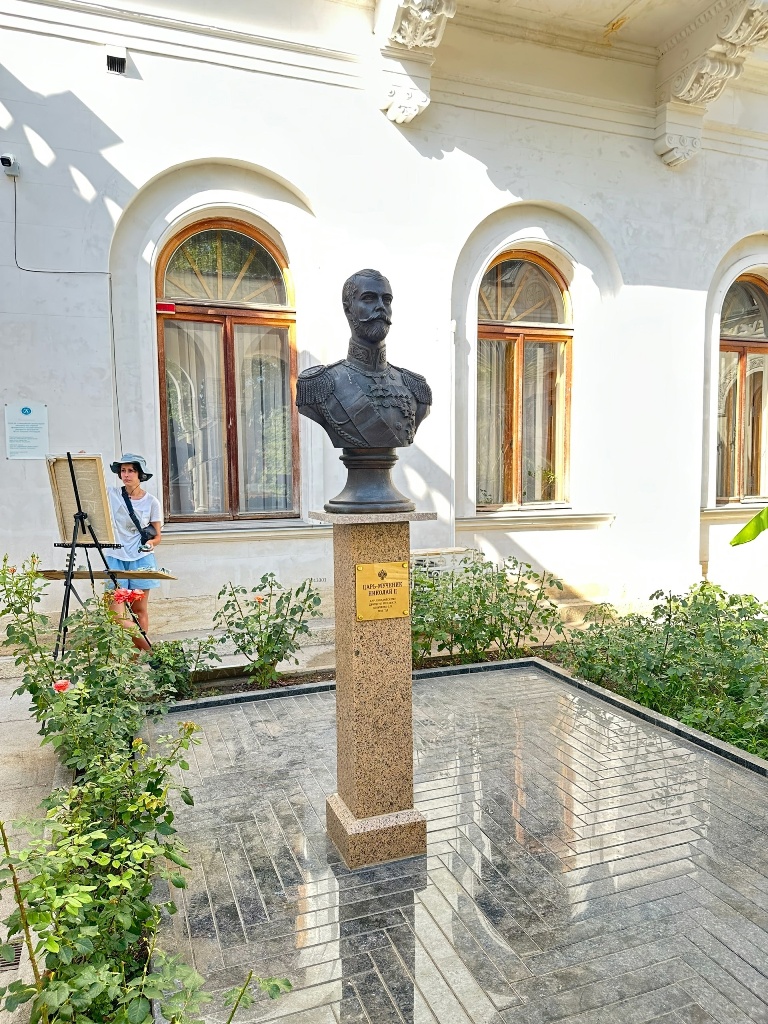

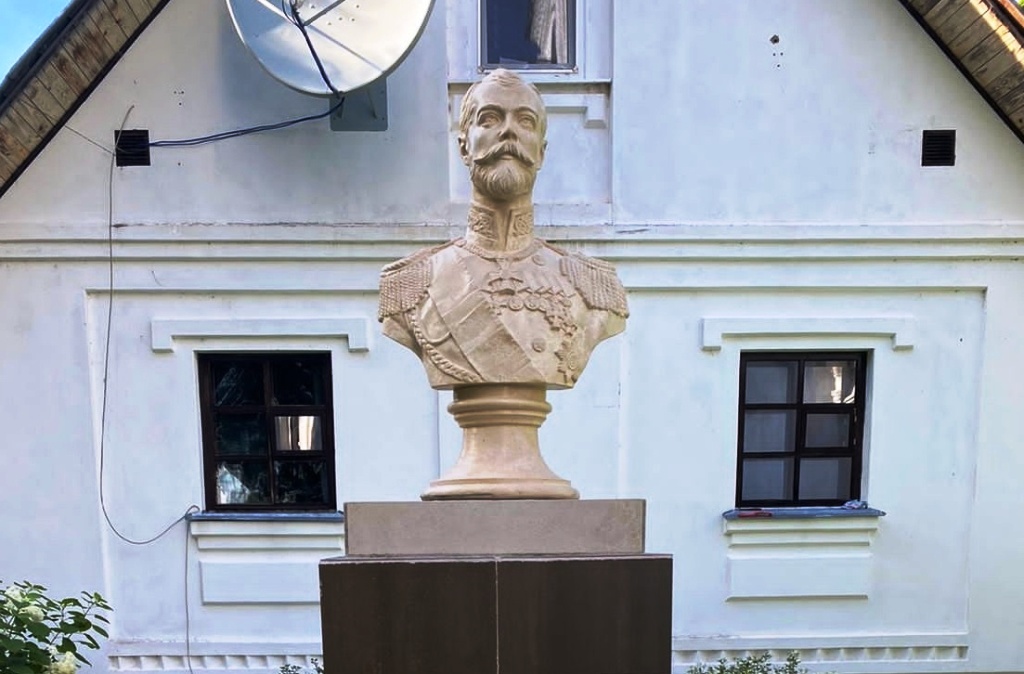
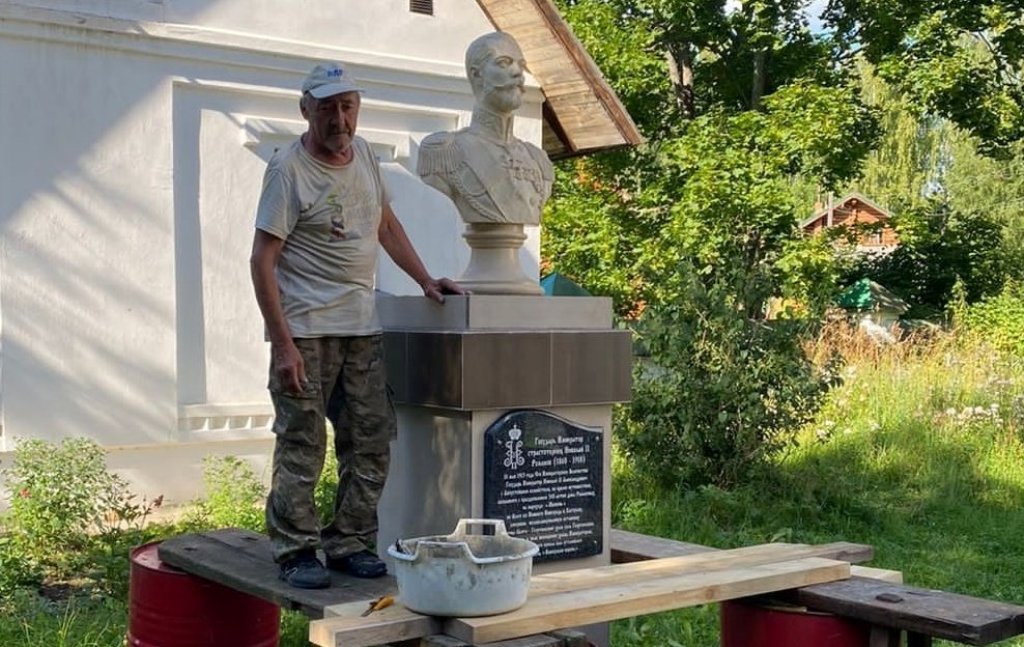
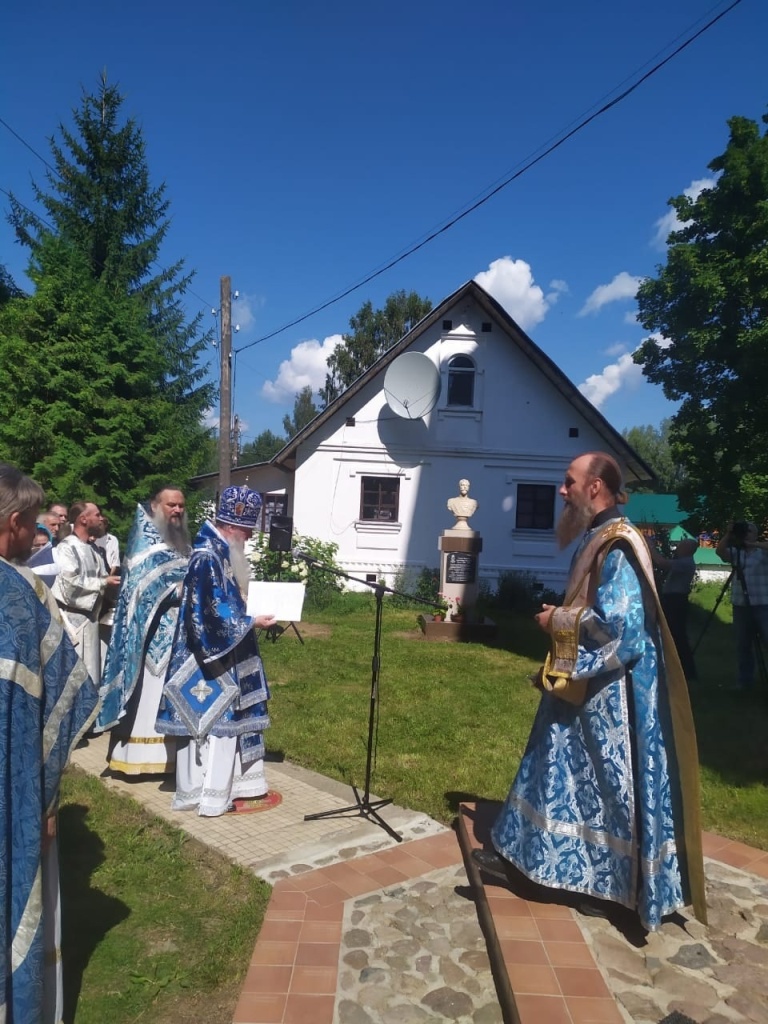
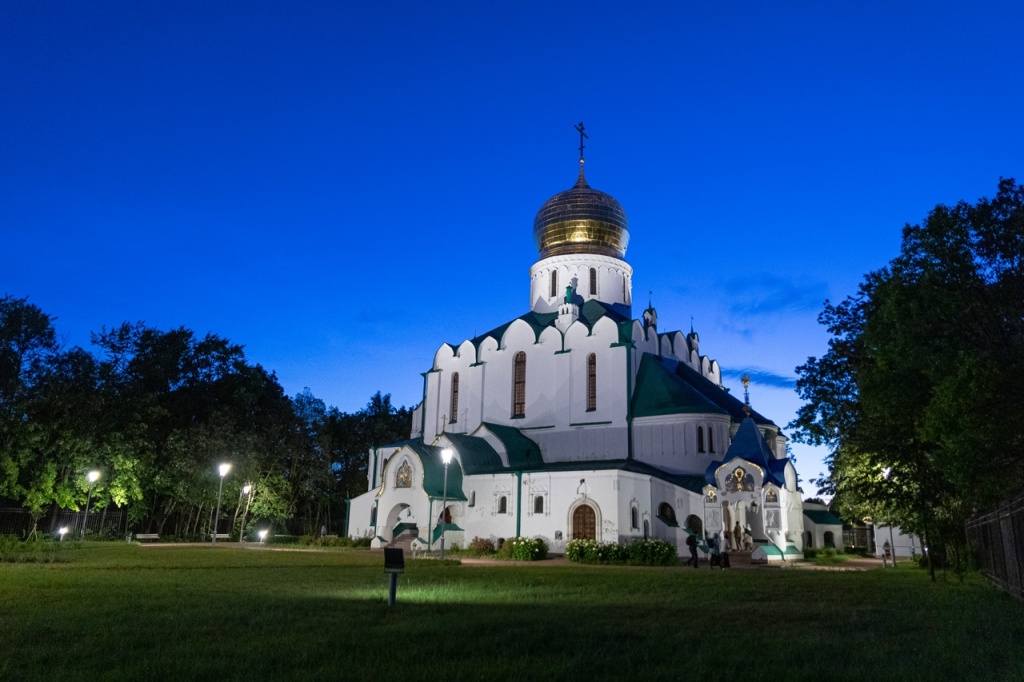
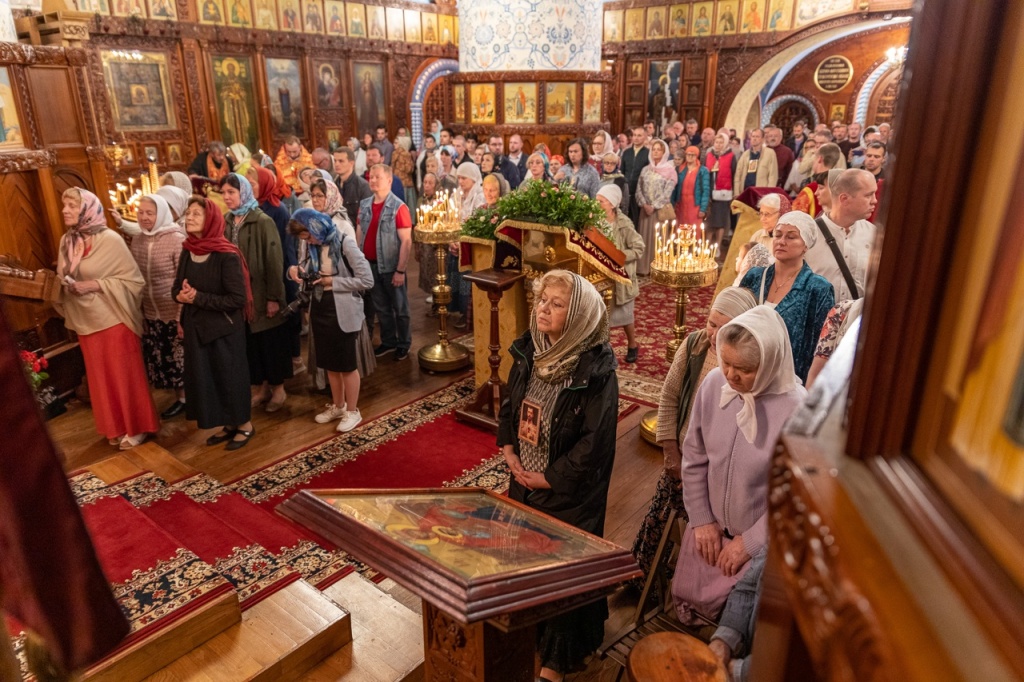
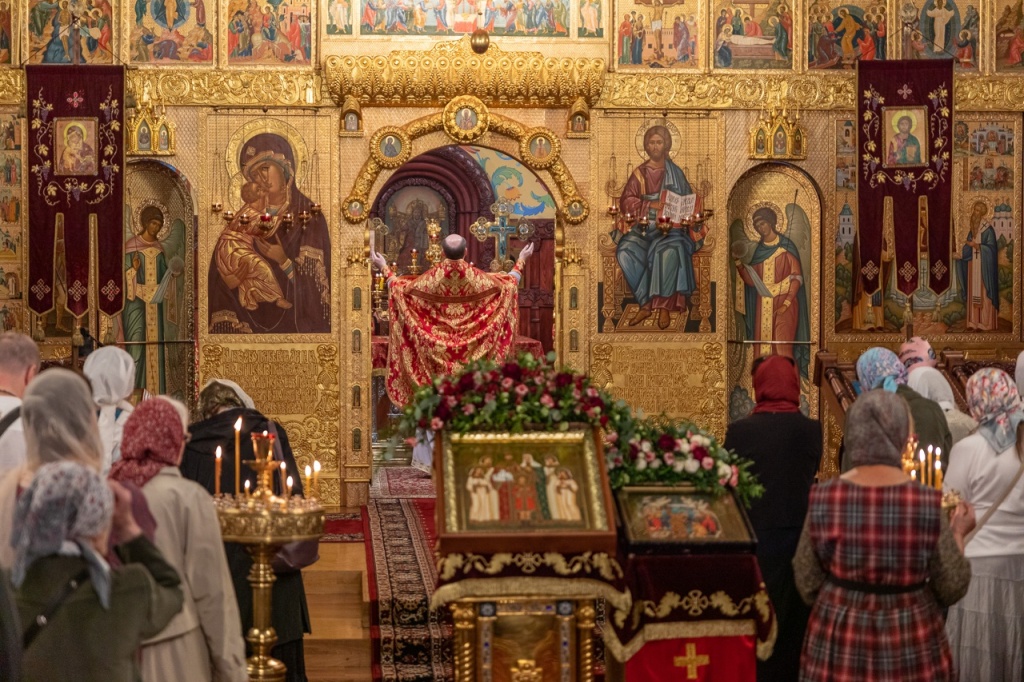
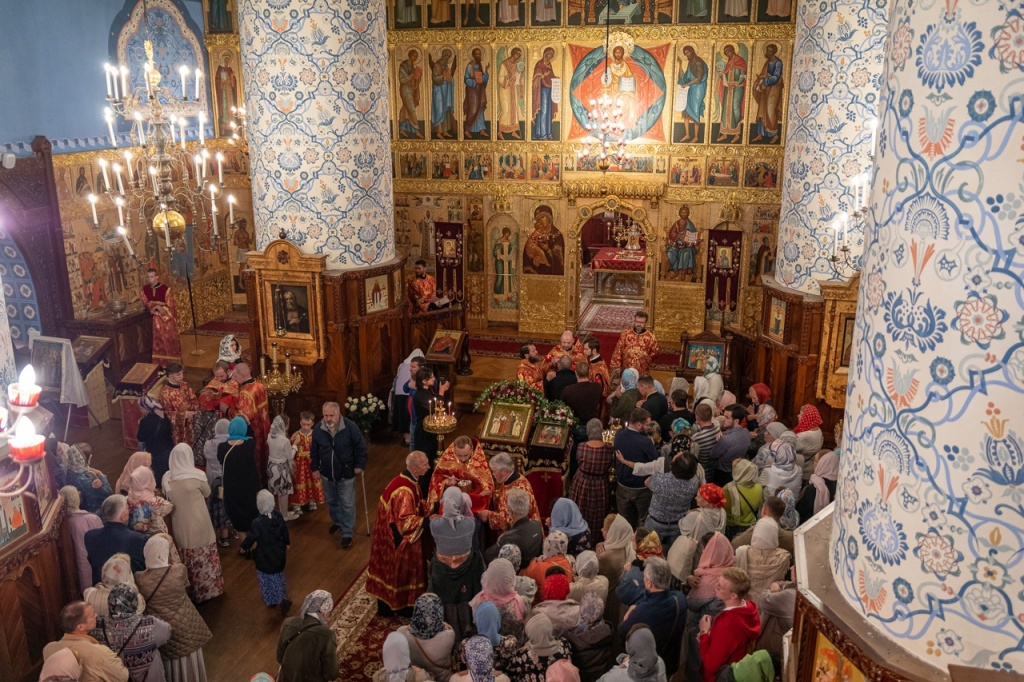
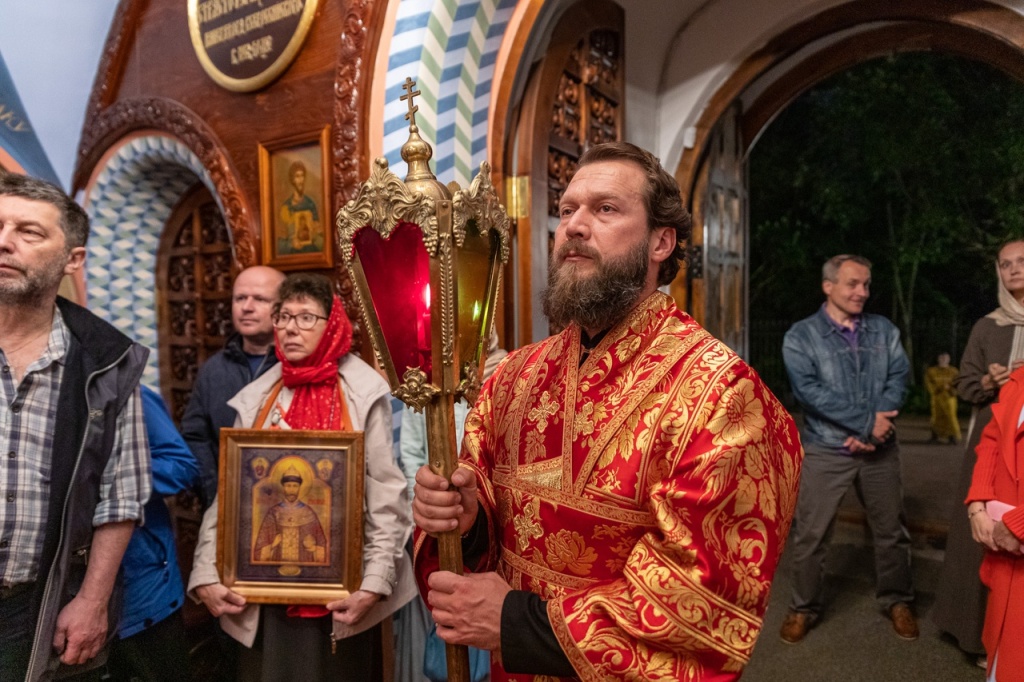
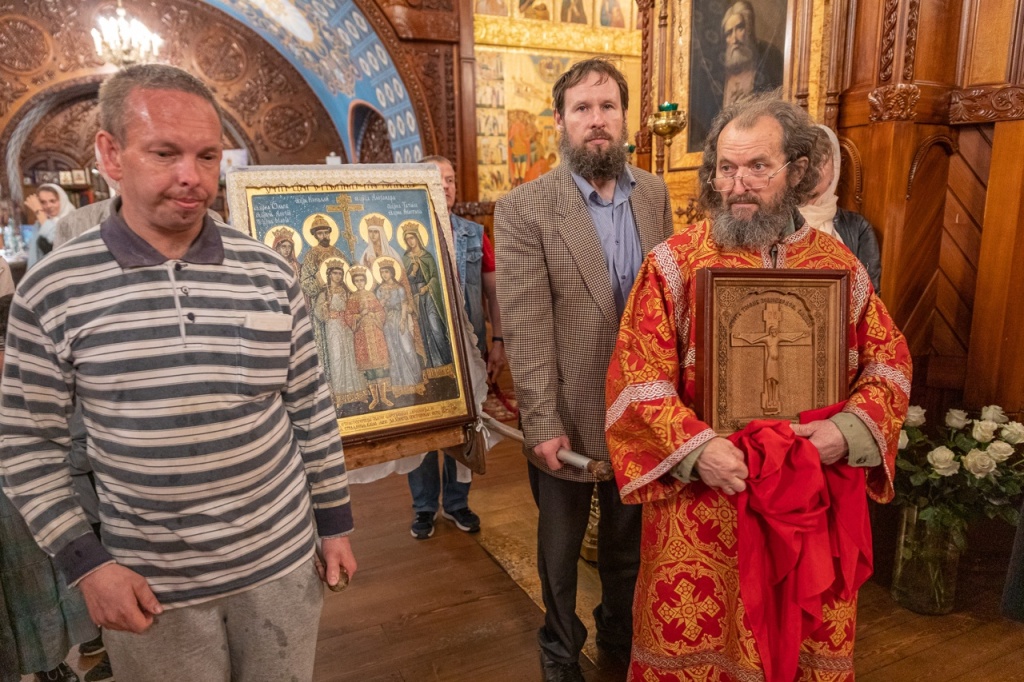
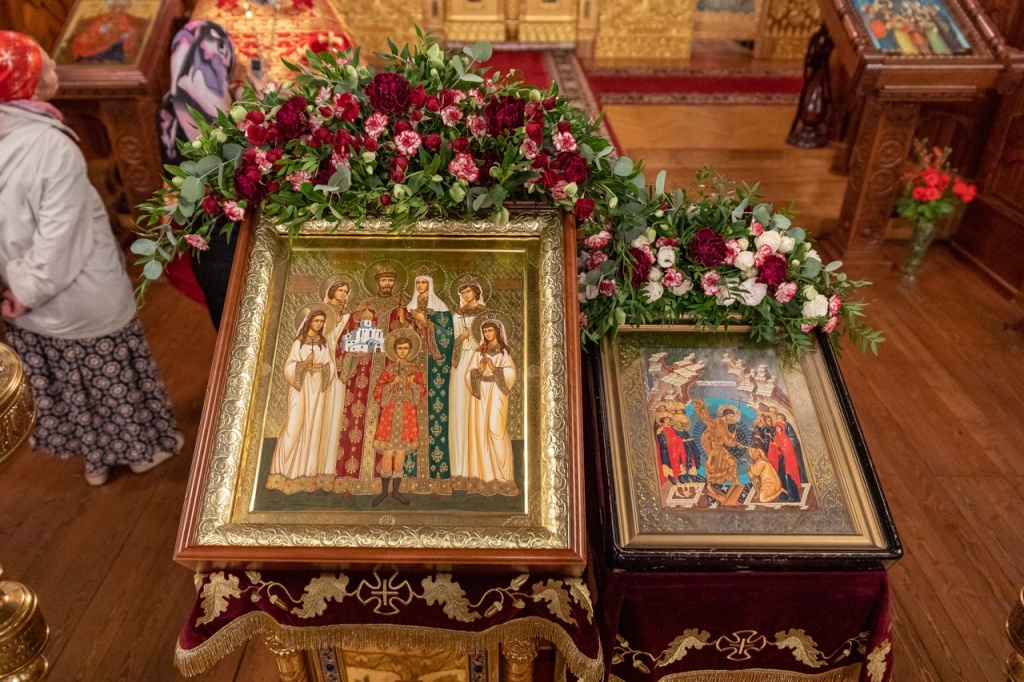
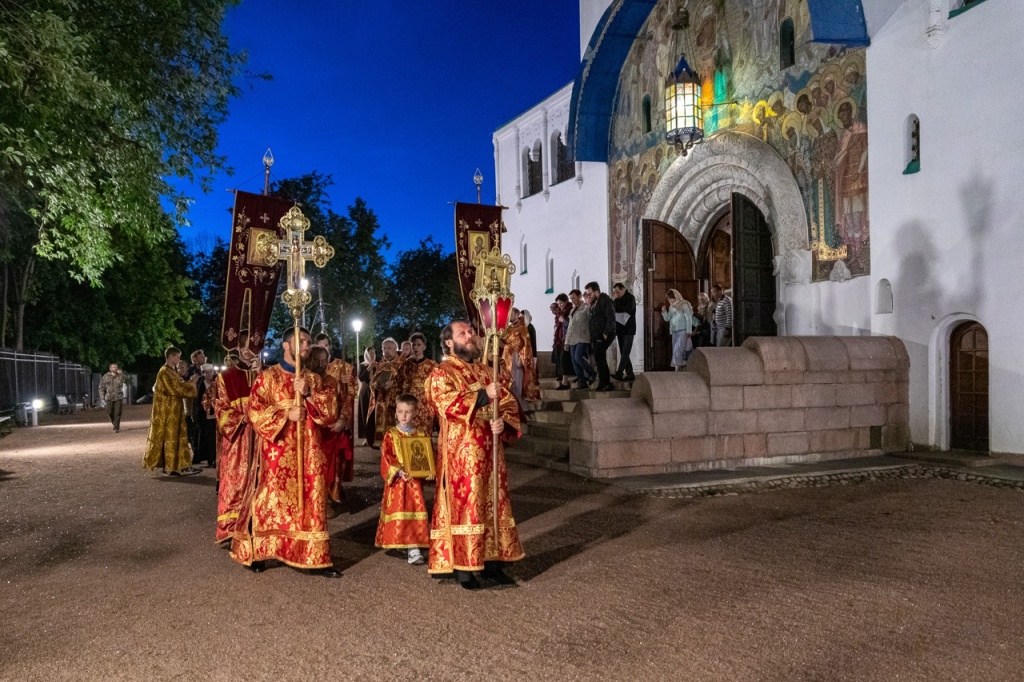
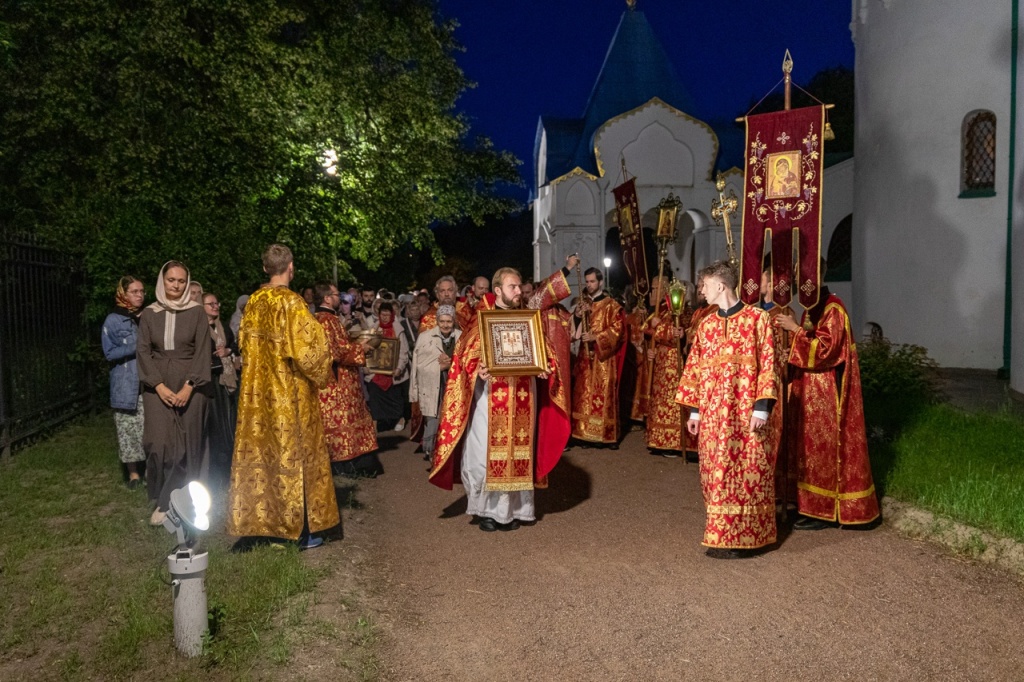
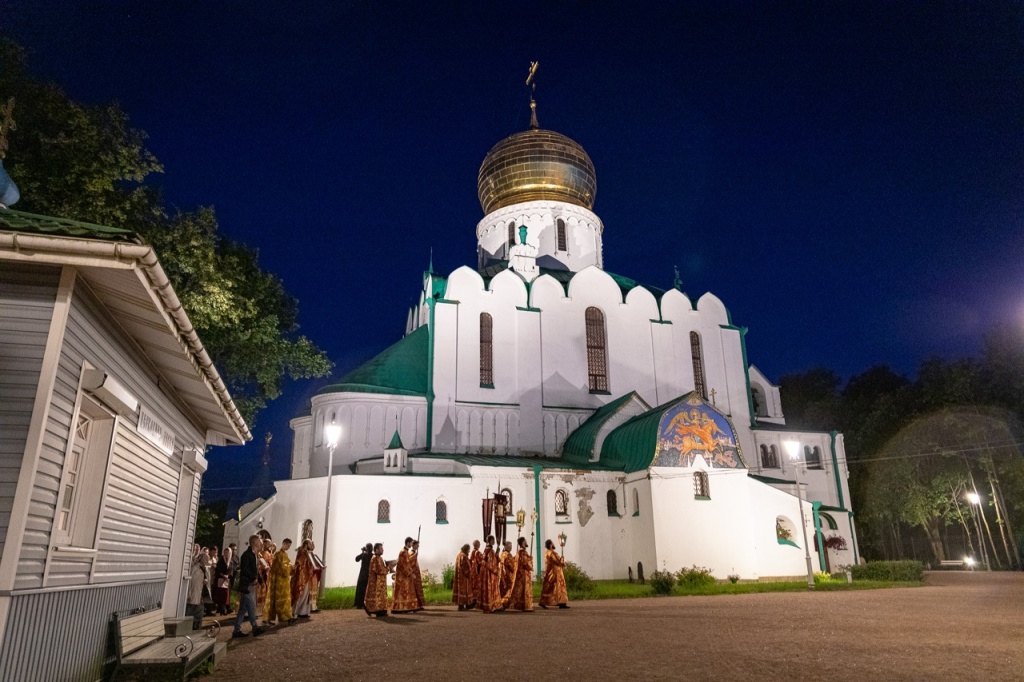
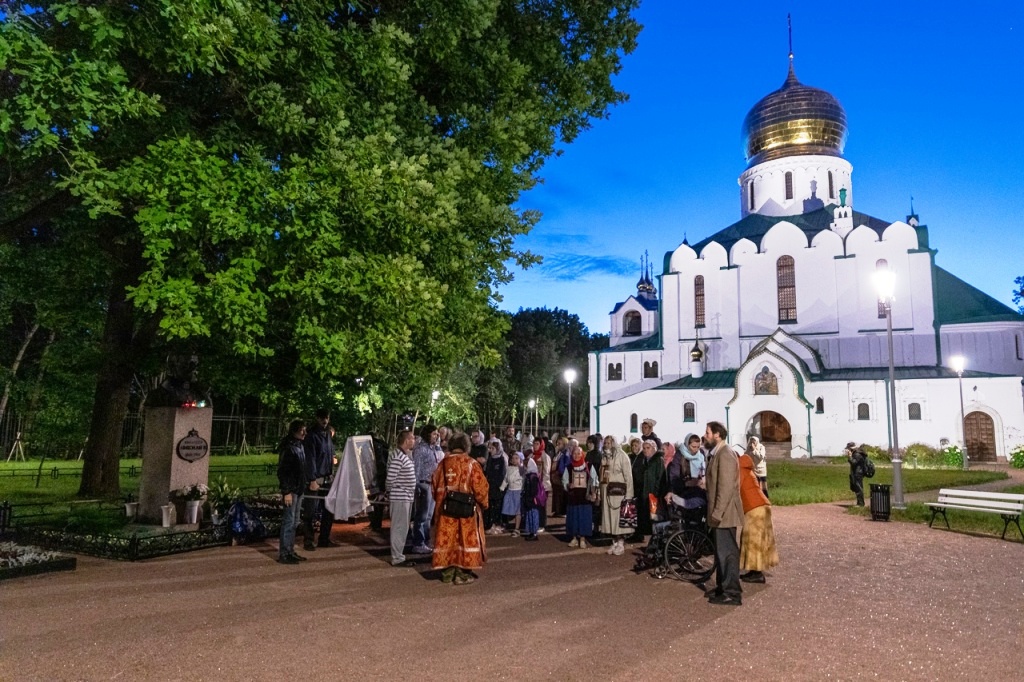
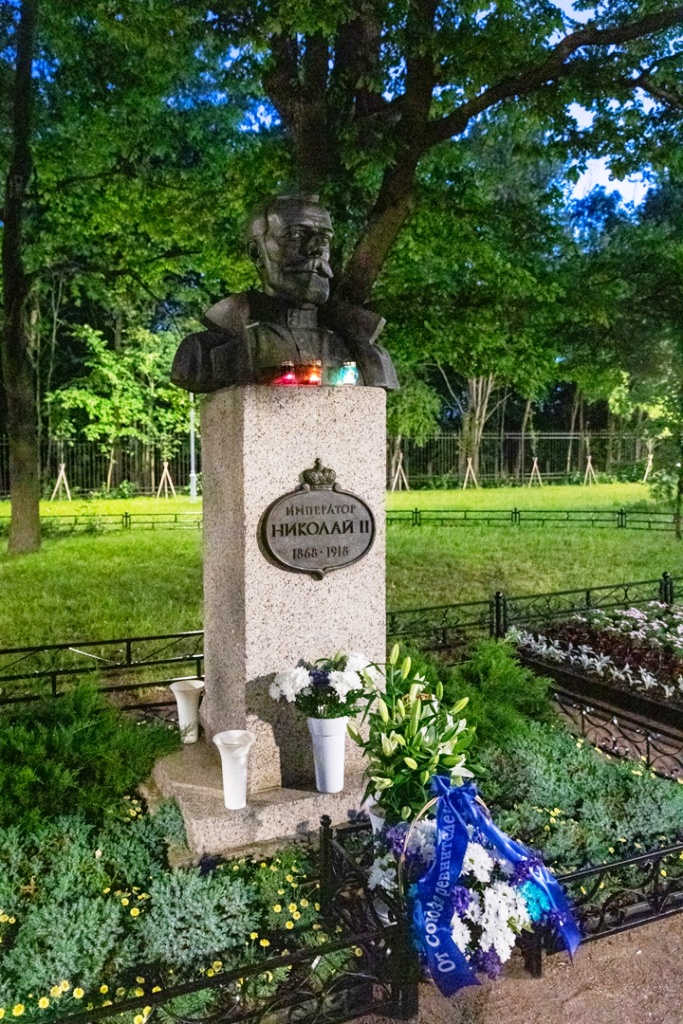
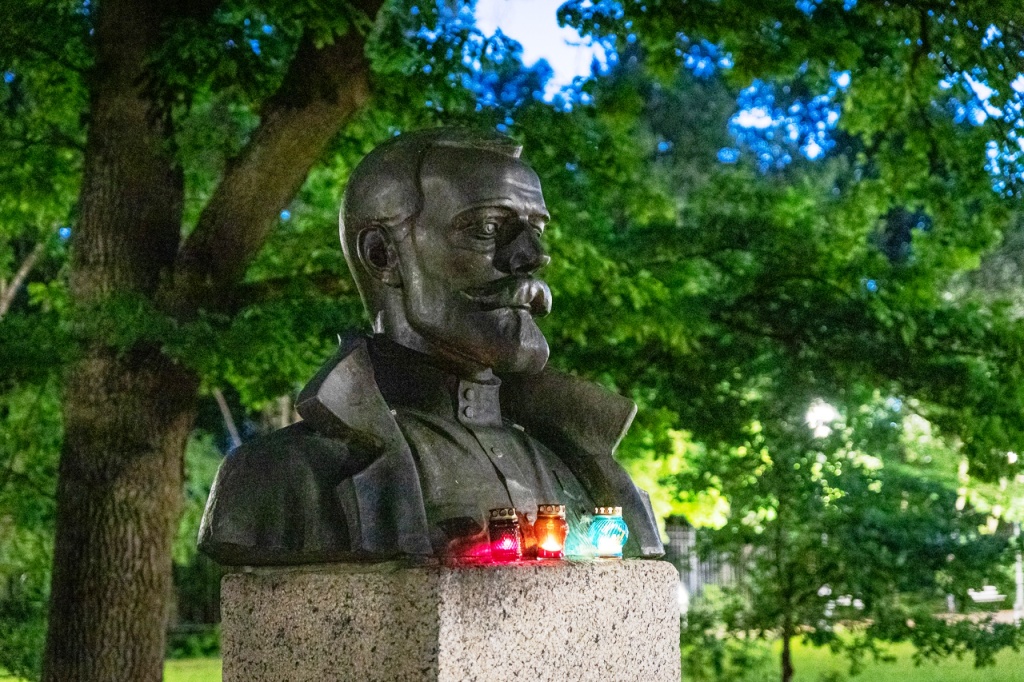
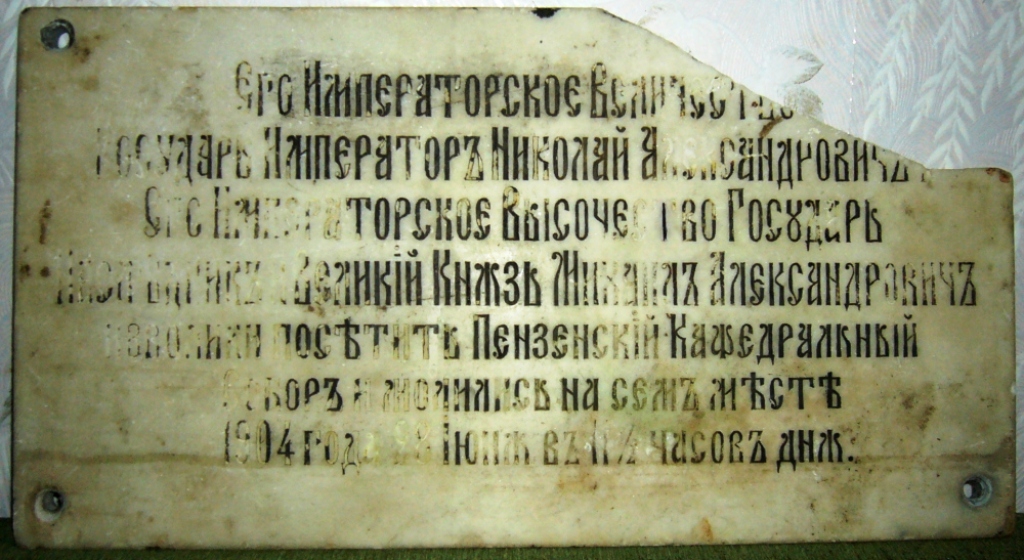
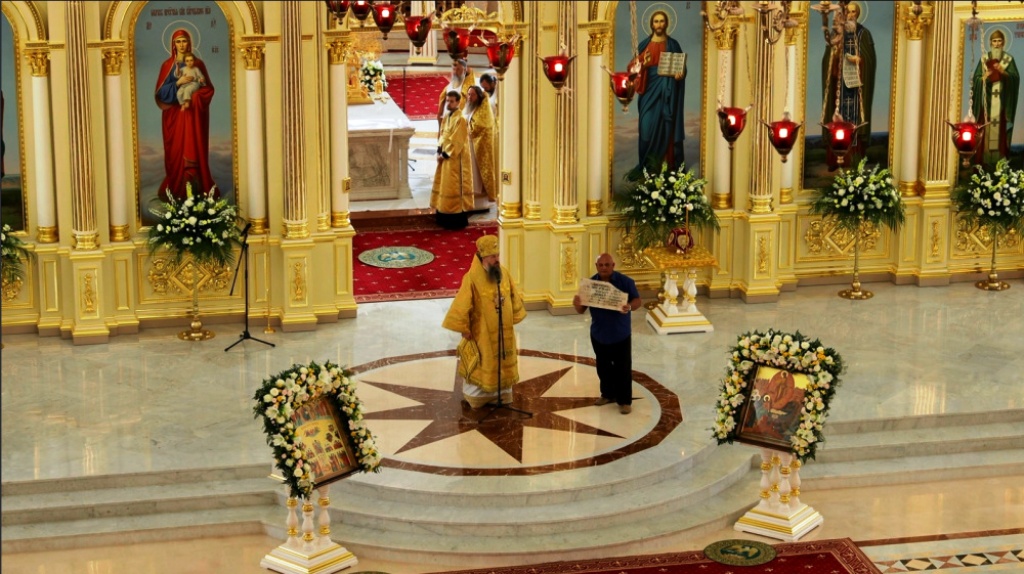
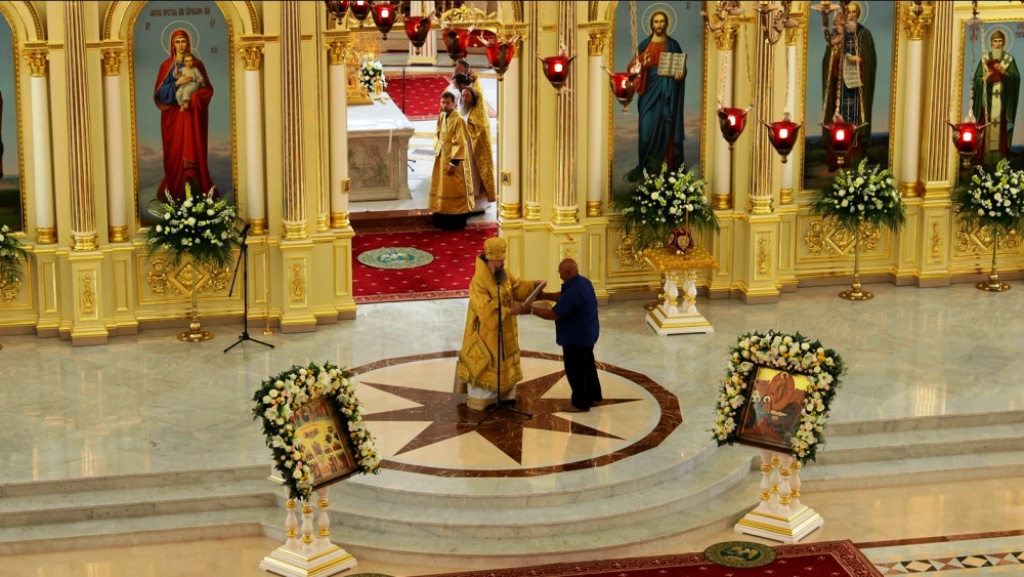
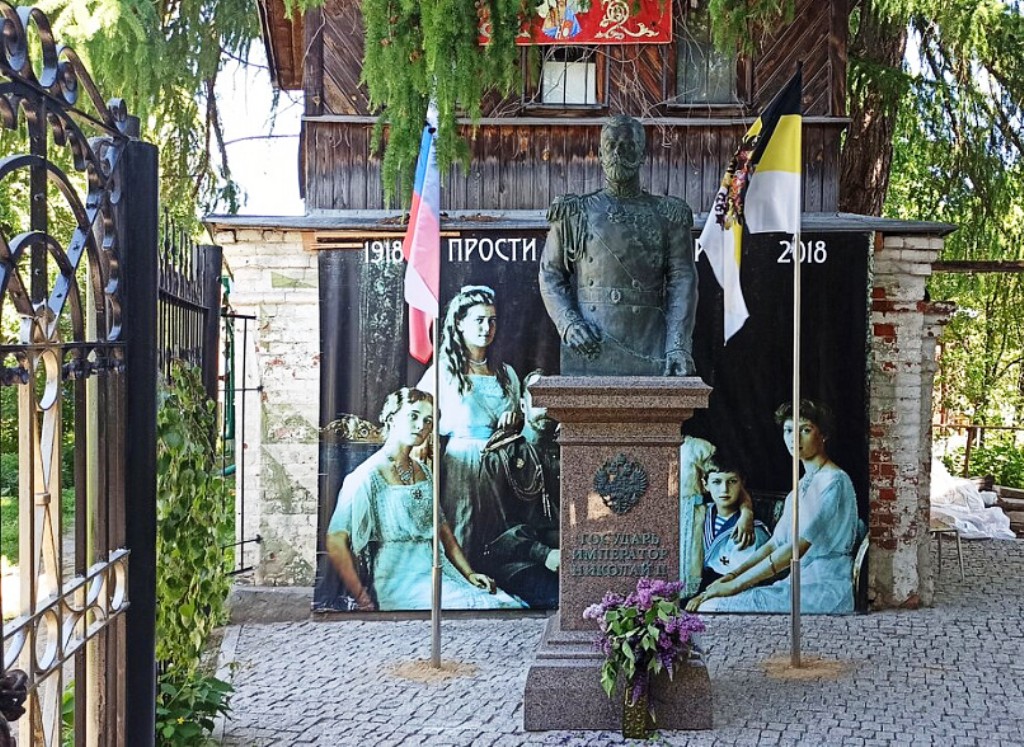
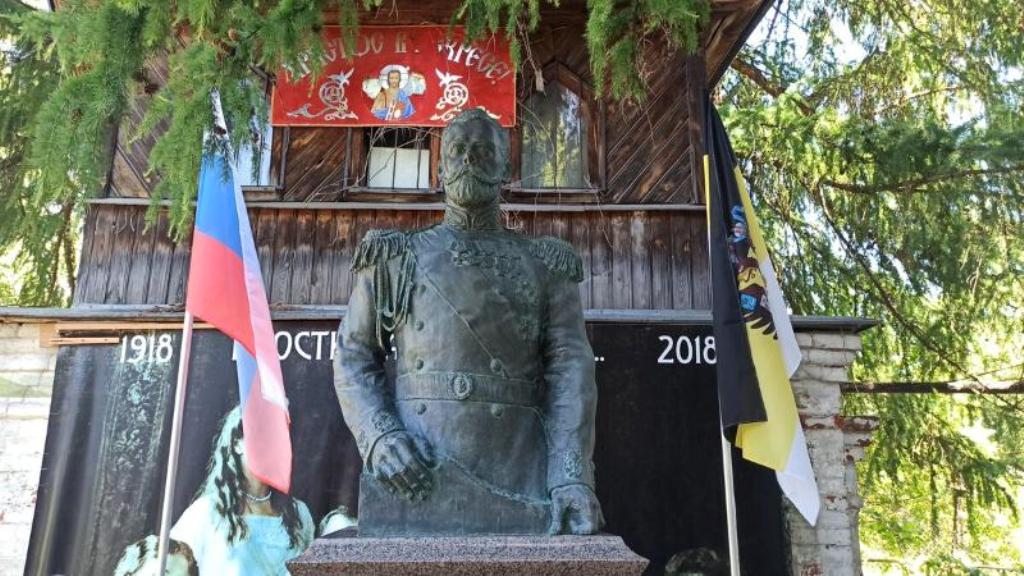
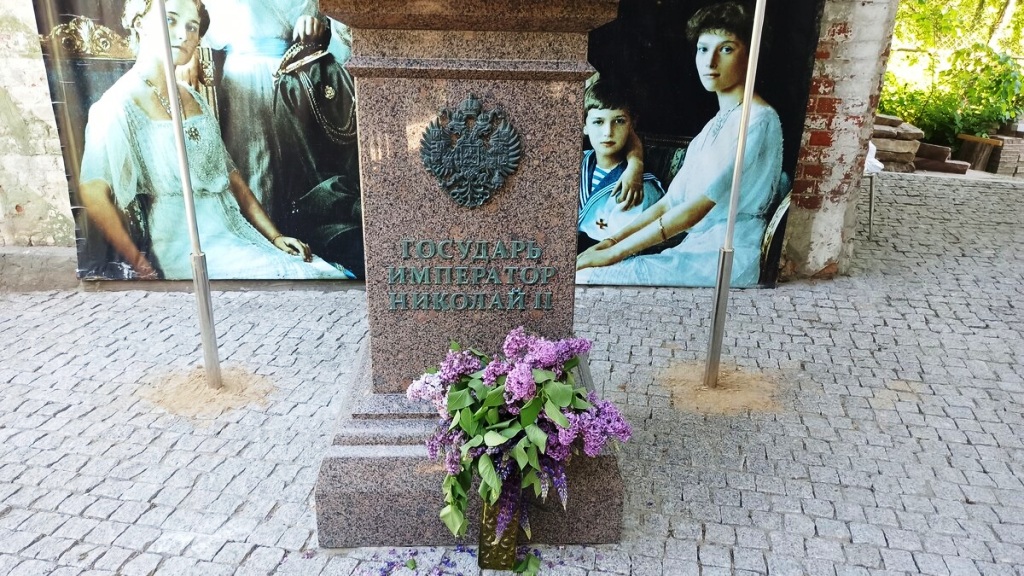
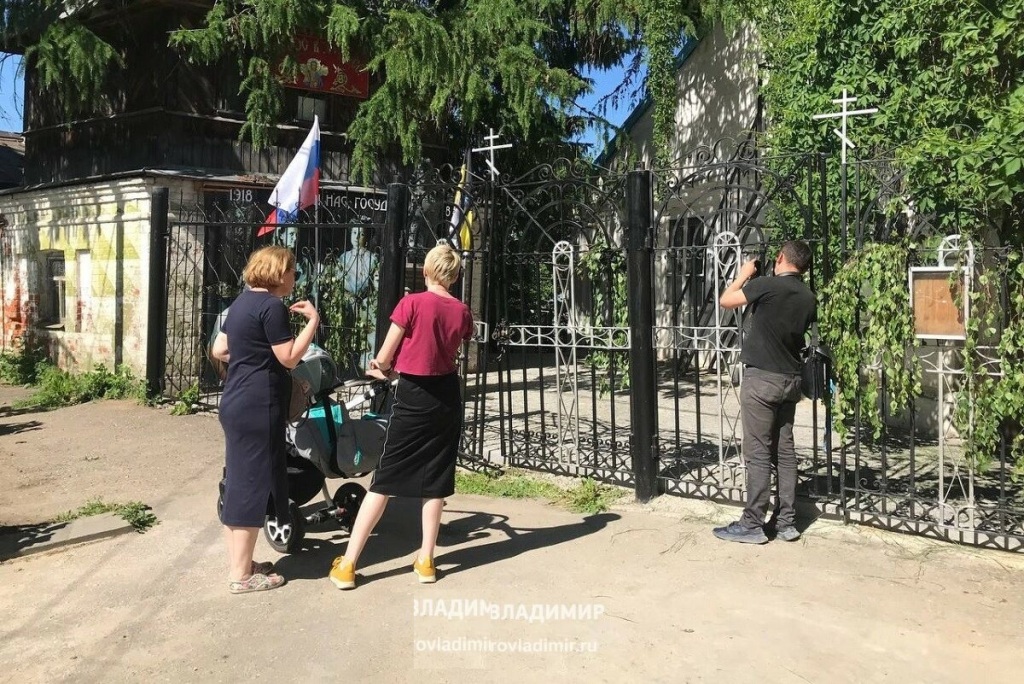
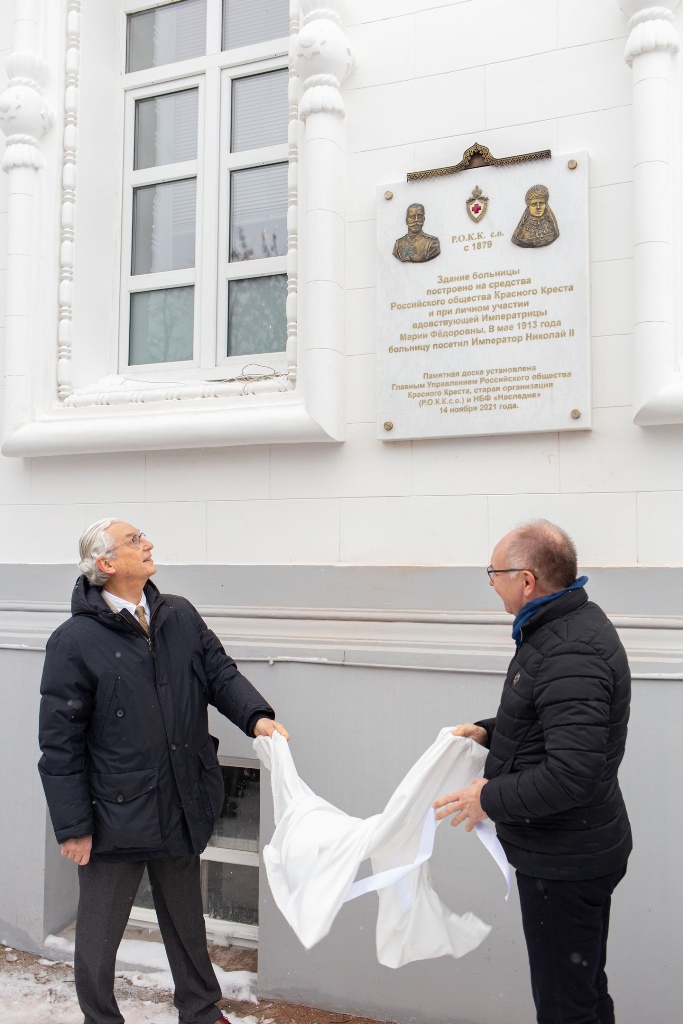
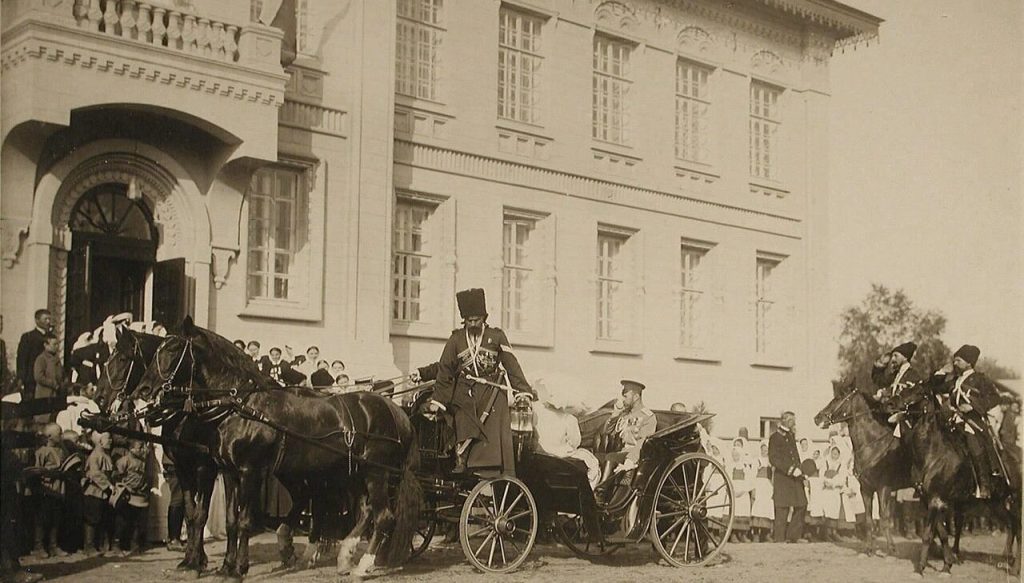
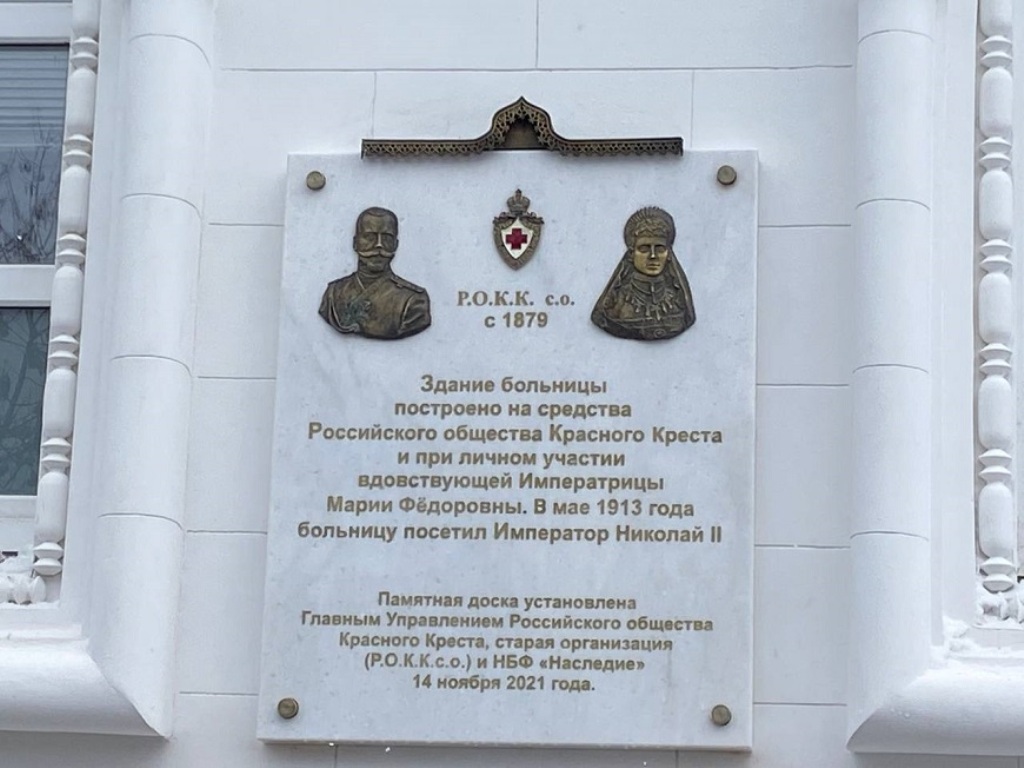
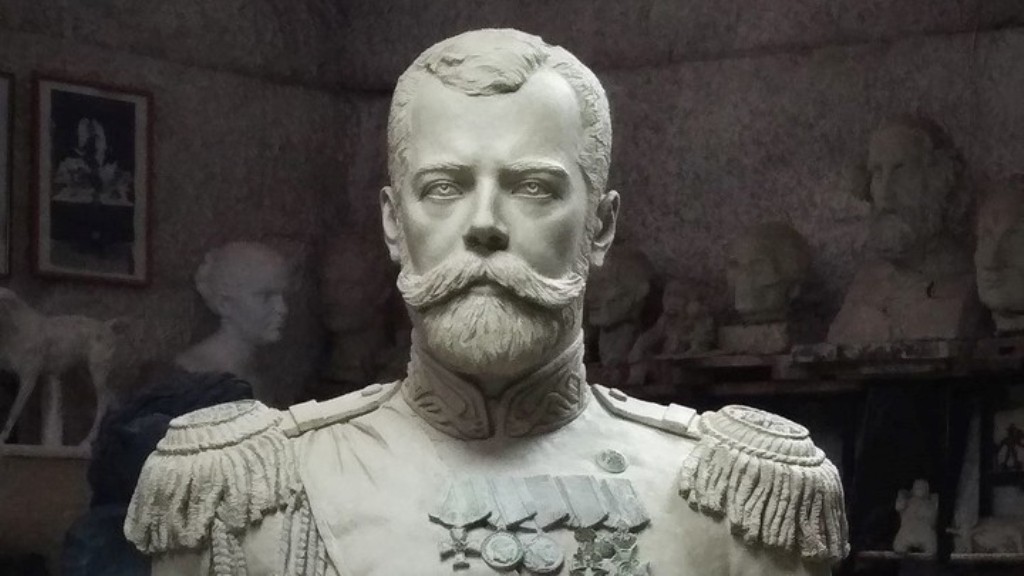
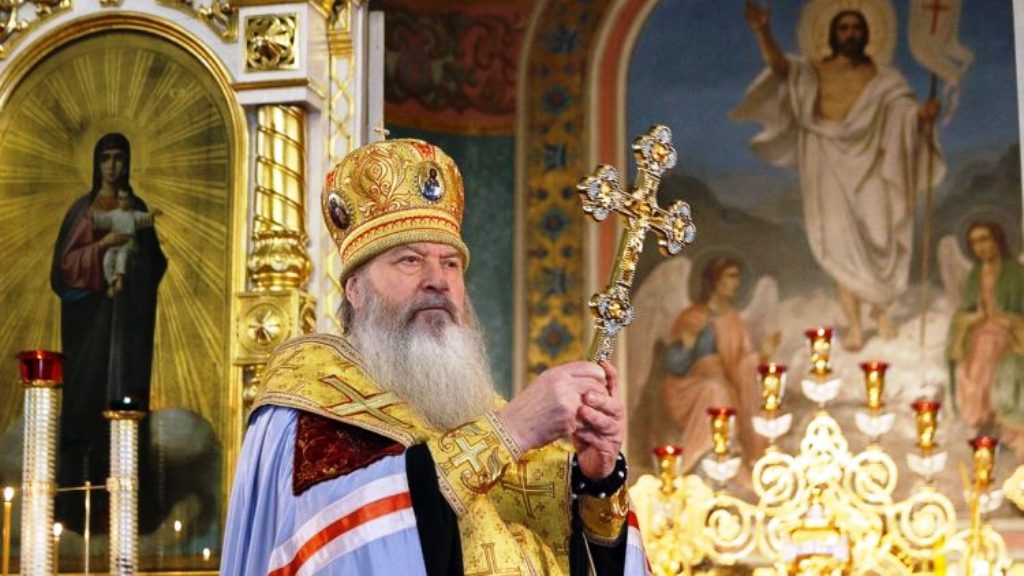
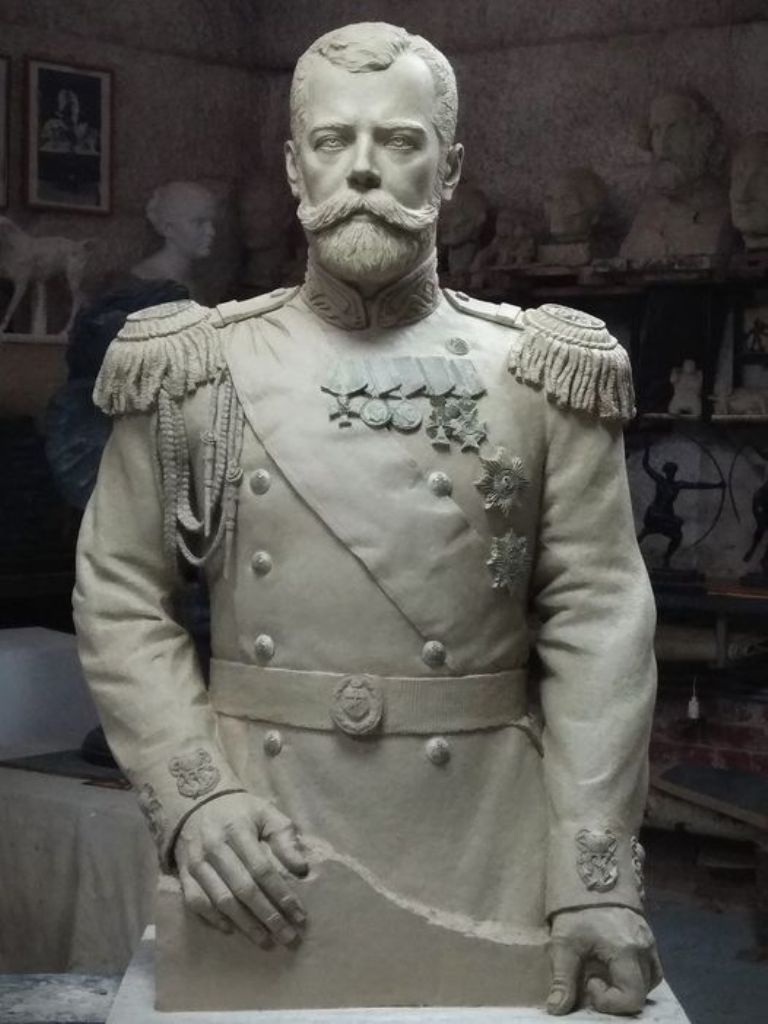
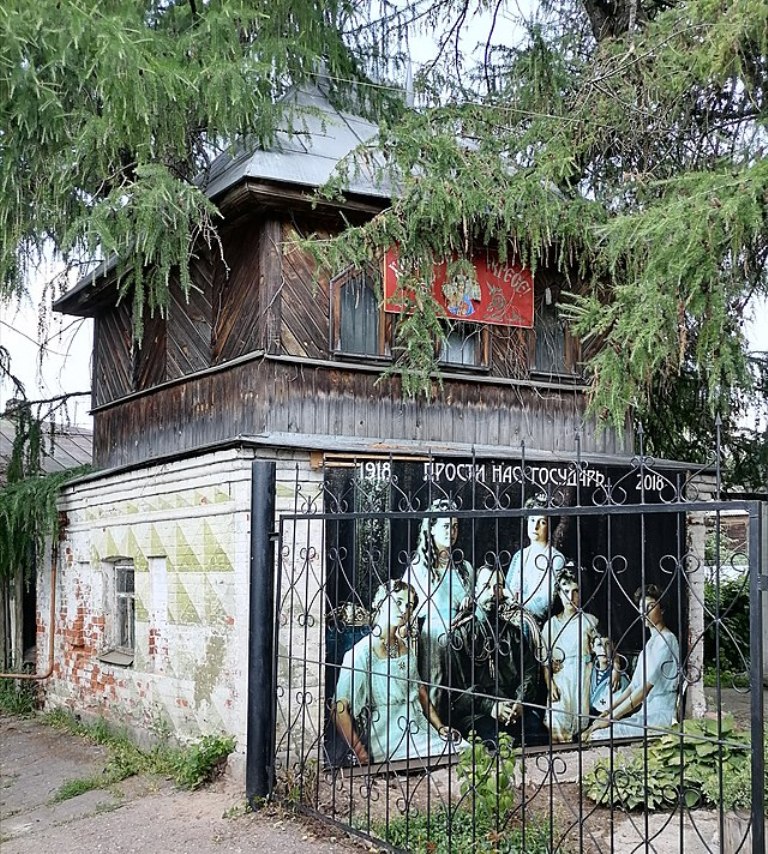
You must be logged in to post a comment.